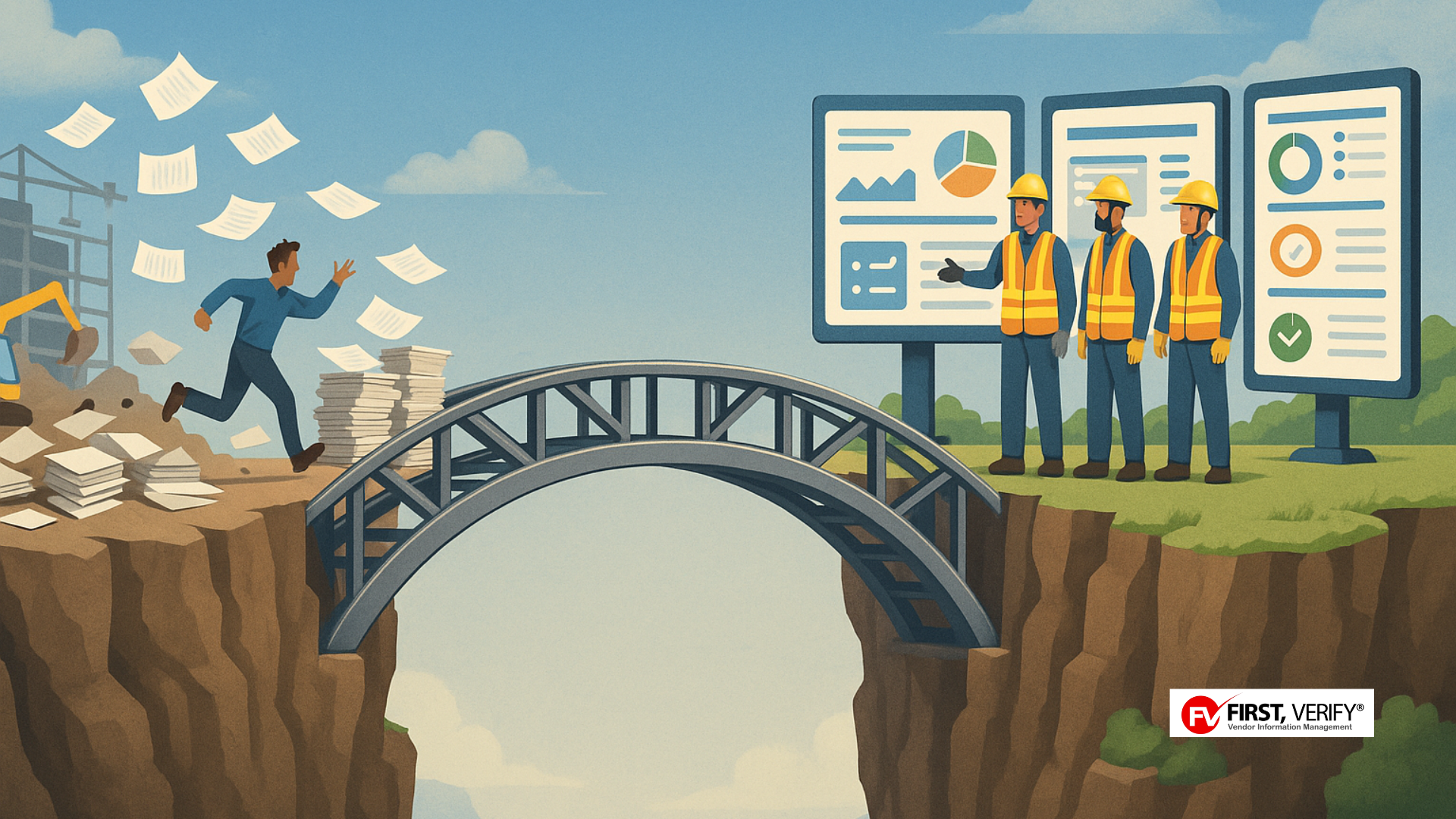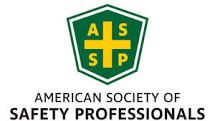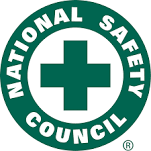Creating and keeping a safety culture
Some contractors look to incentive programs as a way to reduce injuries and accidents. But, according to Dianna Wiggins, an independent loss control consultant, “There’s a place for safety incentives after you’ve changed the safety culture – by developing a really good safety program.” First, stop the injuries and accidents by implementing a good program with excellent training and management. And a prerequisite to culture change is a genuine, highly visible, unwavering commitment from the very top of the organization. Because good safety practices can be perceived as slowing productivity, there is a natural tendency for line employees to view them as arbitrary and annoying rules that are imposed by “the office.” This isolates the safety personnel, who are peers, putting them in the role of “safety police” (with all the associated avoidance behaviors that accompany that mindset). A key part of the visibility shown by management is active and vocal support for the safety staff.
“After the accidents stop, employees can get complacent,” states Wiggins. “Two to three years after instituting culture change, safety incentives can help sustain the performance.” In a previous position as Safety Manager for a medium-sized manufacturing company, Wiggins implemented a highly-successful safety program that helped reduce the company’s EMR to .76. This reduced the Workers Comp premiums by almost 60%, which translated to hundreds of thousands of dollars saved per year. Once that was achieved, she maintained that level of performance with clever incentive programs (costing only around $10,000 per year), and the company won over 30 national safety awards.
Wiggins also advocates for an early return-to-work policy, which can help reduce the cost of Workers Comp. This policy allows injured employees to return to work in a light or modified work position until they’re fully recovered and can resume normal work duties. Everything that can be done to reduce the claim cost and get the employee back will have a positive impact on the employer’s cost of business. Justin Cremers, a Safety Coordinator for SMI, a safety consulting firm, counsels his clients on the benefits of an early return-to-work policy. “The type of claims experienced and what’s done to control the cost of claims has a significant effect on Mod Rates,” says Cremers. Claims for medical treatment only are usually less severe and are reduced by 70% before they’re applied to the formula. Cremers urges his clients to take advantage of this by ensuring that injured employees return to work as soon as possible. “This is where an effective claims management and return-to-work program can have a dramatic effect,” he says.
“It’s critical that a job description should include what kind of physical demands are placed on the employee,” emphasizes Wiggins. That document should be given to the doctor so (s)he’ll know what light-duty or modified work the injured employee can perform while recuperating, which will make it more likely that (s)he’ll approve a quick return rather than keeping the employee off work. (A key point to remember is that the employee must have signed the policy.) “You can even get your employees to work at a not-for-profit location, and write it off as a charitable contribution,” she suggests.
Another factor affecting costs can be the OSHA 300 log and 301 Incident Report. Wiggins says that many companies have a high incident rate because they’re recording things that they shouldn’t – they don’t realize that first aid, visits to a doctor for x-rays or blood tests, and even drilling a fingernail or toenail to relieve pressure are not recordable. “The effect of that,” she points out, “can be losing business with companies that don’t allow contractors with an incident rate higher than the national average.”
Similarly, opportunities to perform work for the government and large companies that have rigorous safety standards exist only if a company’s EMR is below 1.0; and the chances improve the lower the Mod Rate gets. But this is only part of the equation. If your firm becomes noted for safety excellence, your customer base is much more likely to increase and repeat – which is exactly what happened during Wiggins’ tenure.
Actions, when allowed to repeat, become behaviors; and behaviors develop into cultures. “A culture of safe work practices and intelligent/informed risk-taking is the strongest operational mindset any employer can ever hope to have,” says Oldham. Companies that “get it” focus on the actions of their employees to protect and nourish a safe-work culture – not just “Can we do it at a profit?” but “Can we do it at a profit, safely?”






